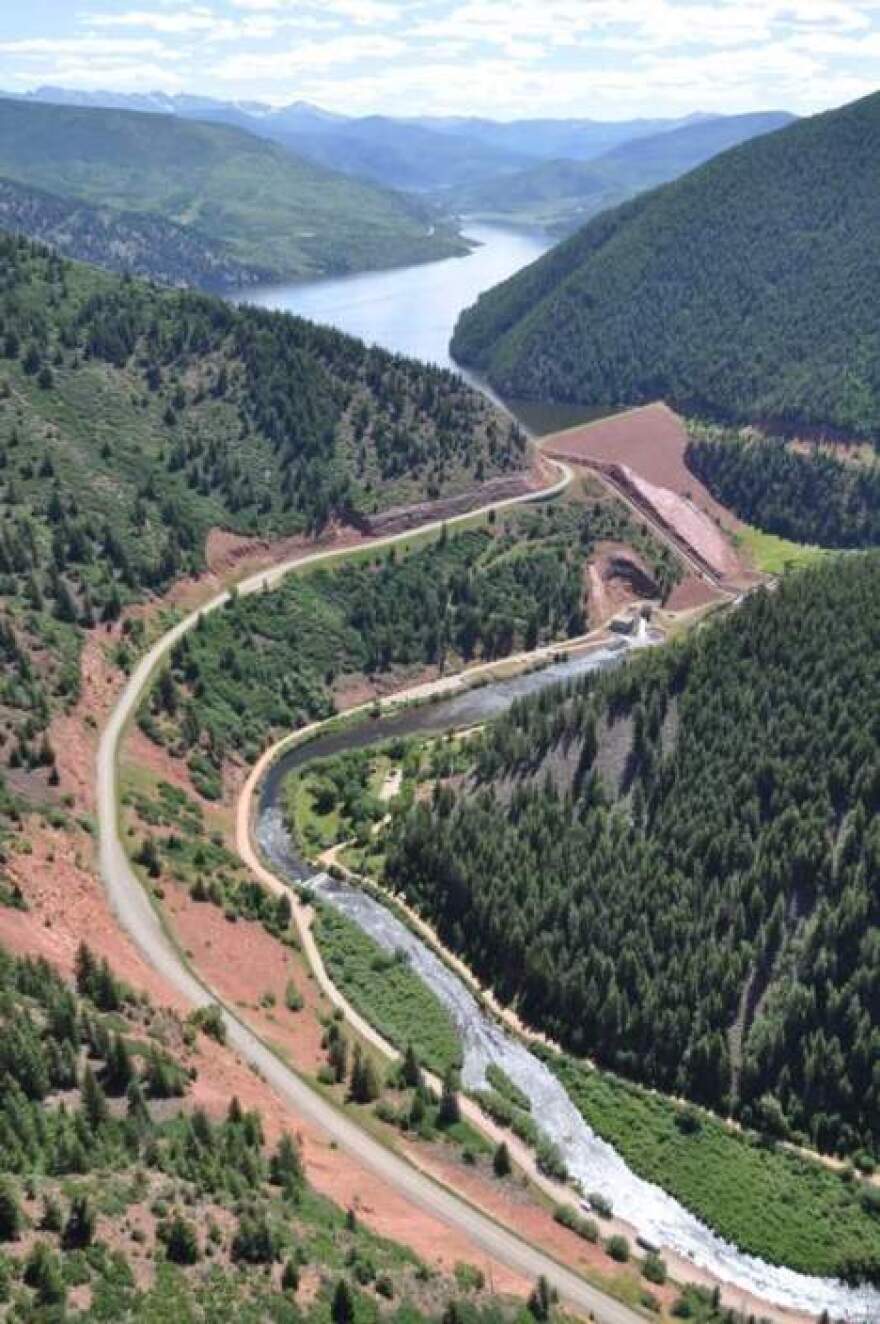Ahead of a deadline to finalize the Colorado Water Plan, elected leaders from the Western Slope are emphasizing their opposition to transmountain diversions. The plan aims to find ways to supply water to the state’s growing population. Aspen Public Radio’s Marci Krivonen reports.
In October, a petition signed by 1500 Western Slope residents was delivered to Governor Hickenlooper, urging no new transmountain diversions be included in the Colorado Water Plan.
Then, at a meeting last Monday, Western Slope lawmakers reiterated the need to keep water in their region. Representative Bob Rankin was at the gathering in Glenwood Springs.
"We on the Western Slope contend that there is no more water to divert. We are already diverting a very large amount of water every year. The Denver/metro area and the farmers could always use more water. We on the Western Slope think there is no more water to be diverted.”
In an October 20thDenver Post article, Front Range conservancy districts that provide water to consumers said they want transmountain diversion plans included in the statewide plan. Jim Pokrandt contributed to the build-out of the plan. He chairs a group that focused on the Colorado River basin.
"Everybody got pretty excited about that Denver Post story but it’s not even clear where all those comments came from that indicated a transmountain diversion might happen," he says.
He adds the Colorado Water Conservation Board assured him nothing radical - like a new diversion - would be added to the plan. The Board is in charge developing the plan. What was added is a goal for water storage, where reservoirs may expanded or be built.
"But, as some folks have said, you can build storage but you can’t store your way out of the problem. There are opportunities to store more water but storage is certainly not a silver bullet."
The plan does mention some on-the-ground projects, but Representative Bob Rankin thinks more specificity is needed. Plus, the state aims to start raising $100 million annually starting in 2020, to implement it. Rankin wonders where the money will come from.
"We have to figure out where that money’s going to come from - is it user fees from water users? Is it a tax increase across the board? That’s a big question."
Pokrandt says once the plan hits the governor’s desk later this year, it’s not a done-deal.
"There will be a chance to make more comment and edit it further down the road."
The plan is aimed at addressing a projected 163 billion gallon shortfall in the state due to climate change and population growth.


